Travelling to Japan soon? Here are a few essential things to know before you go!
- Make sure to have a combination of a travel card and cash. Cash is still needed in many places, especially smaller establishments.
- Consider getting a SUICA card for easy travel on local transport and even for purchases at convenience stores and vending machines.
- Book popular activities and experiences well in advance, especially during peak seasons, to avoid disappointment.
Keep reading for more in-depth travel tips, including the best and worst times to visit, navigating transport, cultural etiquette, and much more to ensure a smooth and enjoyable trip to Japan!
Japan, a captivating archipelago nation, presents a mesmerizing blend of ancient traditions and cutting-edge modernity. From the tranquil serenity of Kyoto’s temples to the vibrant energy of Tokyo’s bustling streets, the country offers a diverse array of experiences. This article serves as an essential resource, providing crucial information and tips for planning a smooth and enjoyable Japan trip, particularly for those visiting for the first time. Many first-timers opt for the popular tourist route, known as the golden route, which typically runs from Tokyo to Kyoto and then on to Osaka.
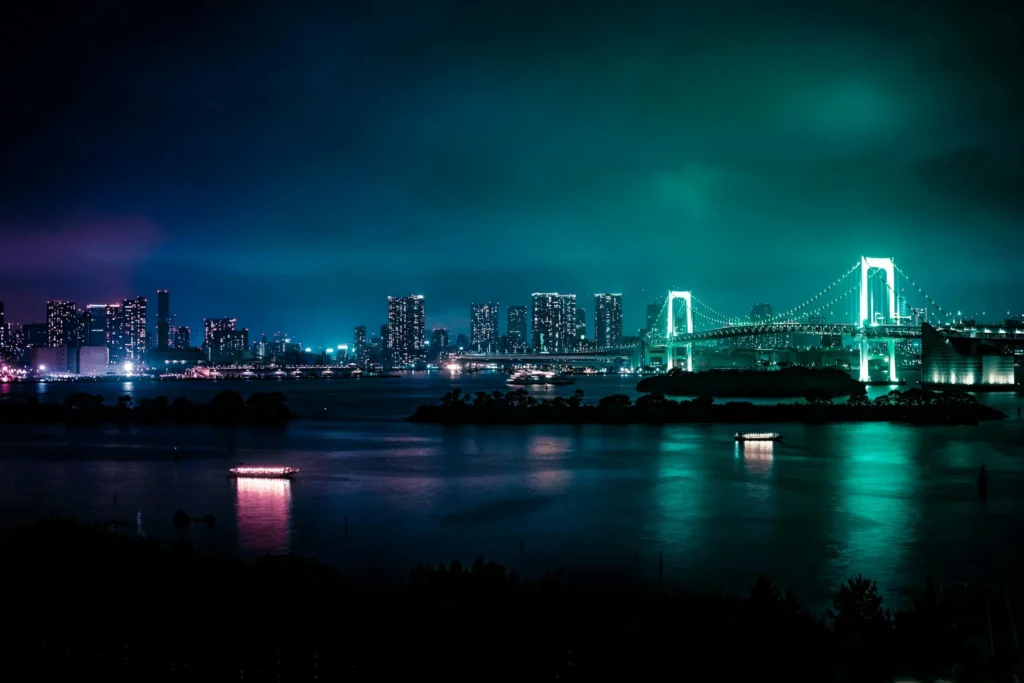
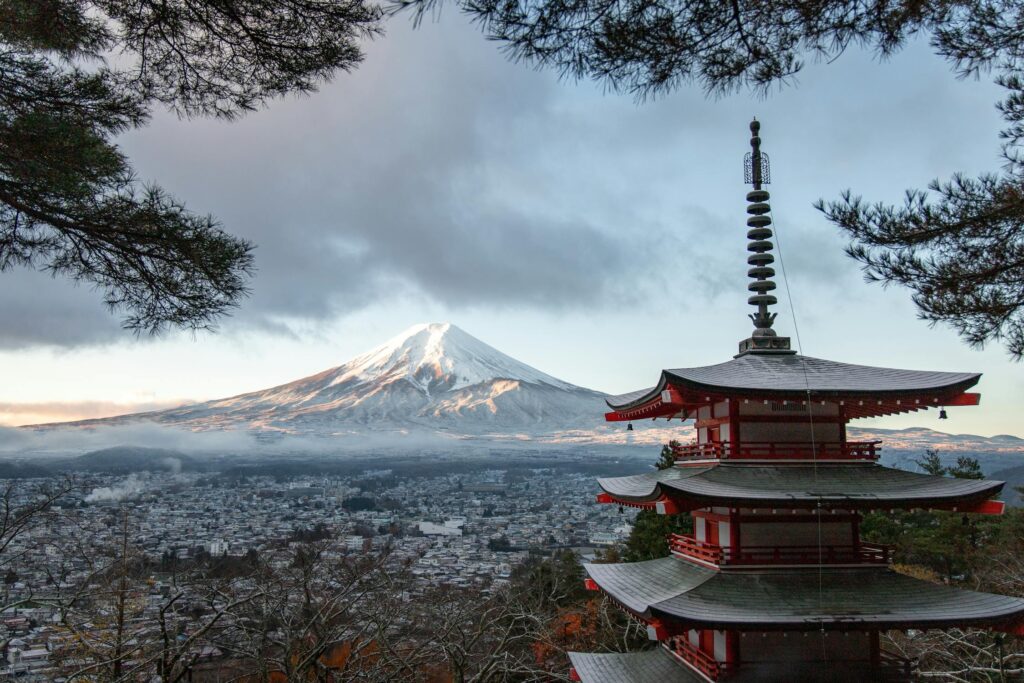
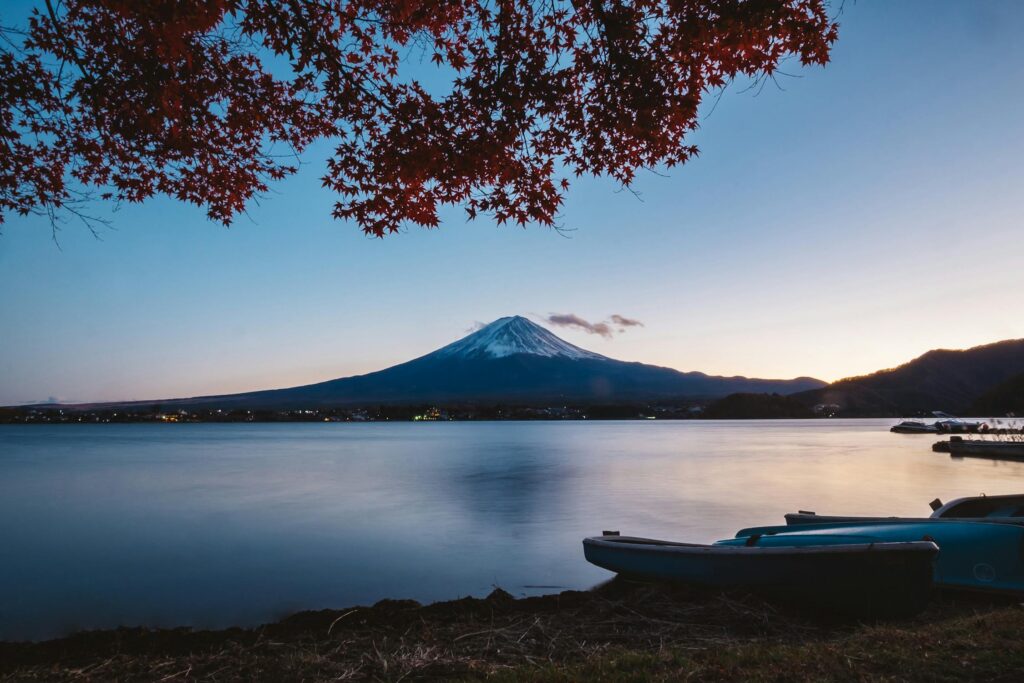
Quick Guide to Essential Japan Trip Tips
| Topic | Key Takeaway/Clarity Point | Why it Matters/Further Detail |
| Cash & Cards | Carry cash & get a SUICA card. | Cash is still vital, especially in smaller places. SUICA card simplifies local transport and convenience store purchases. |
| Best Time to Visit | Spring (cherry blossom) & Autumn (fall) are ideal, but busy. | Enjoy beautiful scenery and comfortable weather. Be prepared for crowds. Avoid late June-early Sept (hot, humid, typhoon season). |
| Golden Route | Tokyo-Kyoto-Osaka is a great first-timer route. | Covers major highlights and offers a good introduction to Japan’s blend of modern and traditional. |
| Transportation | Shinkansen (bullet train) is efficient for long distances. | Book Shinkansen in advance, especially for luggage space and peak times. SUICA card is essential for local travel. |
| JR Pass | Likely not cost-effective for standard Golden Route. | Price has increased. Only consider if you plan extensive train travel across Japan beyond the typical tourist routes. |
| Budgeting | Japan can be expensive; budget 100−100− 200 USD daily. | Costs vary by city (Tokyo & Kyoto pricier). Food can be affordable if eating at convenience stores & local eateries. Transport (Shinkansen) impacts budget. |
| Accommodation | Variety of options: Hotels, Ryokans, Hostels. | Consider Ryokans for cultural experience. Shibuya in Tokyo is central. Hotel rooms can be smaller than you’re used to. |
| Food & Drink | Konbini (convenience stores) are amazing & affordable. | Great for quick, quality meals and snacks. Explore vending machines and local eateries for unique experiences. Try regional specialties & Ekiben on trains. |
| Etiquette | Be quiet in public, don’t eat while walking, no tipping. | Show respect for Japanese culture. Quietness is valued. Tipping is not customary and can be considered rude. |
| Booking Ahead | Book popular activities & transport in advance. | Essential during peak seasons. Use platforms like Klook for easy booking in your currency. |
| Overtourism (Kyoto) | Kyoto can be very crowded. | Visit major temples early (5-6 am) or explore lesser-known areas for a more peaceful experience. |
| Internet Access | Get an eSIM for your phone. | Essential for navigation, translation, and staying connected. |
| Luggage on Shinkansen | Book oversized luggage seats if needed. | Ensure luggage is properly stored on Shinkansen. Platforms like Klook help with booking these seats. |
| Safety | Japan is very safe. | Be mindful of surroundings and take basic safety precautions as you would anywhere. |
| Visa | Visa requirements vary by nationality. | Check visa requirements based on your passport well in advance of your trip. E-visa options may be available for some nationalities. |
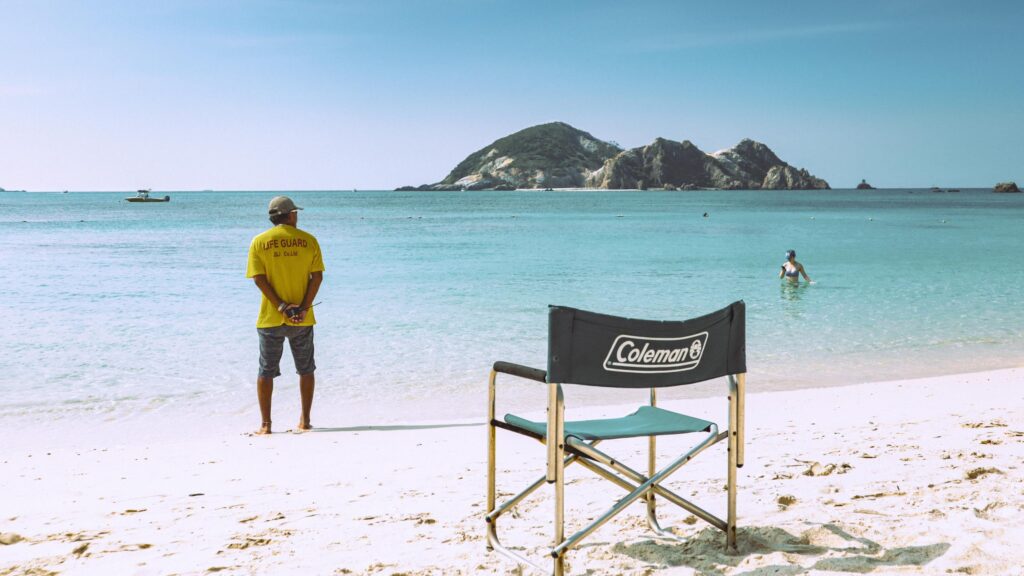
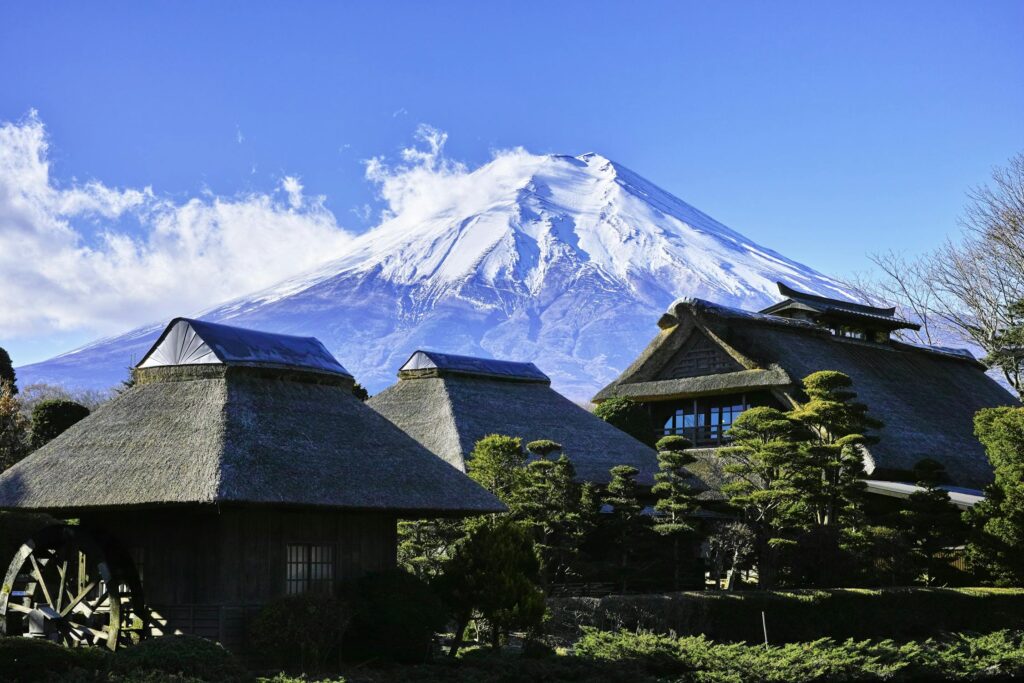
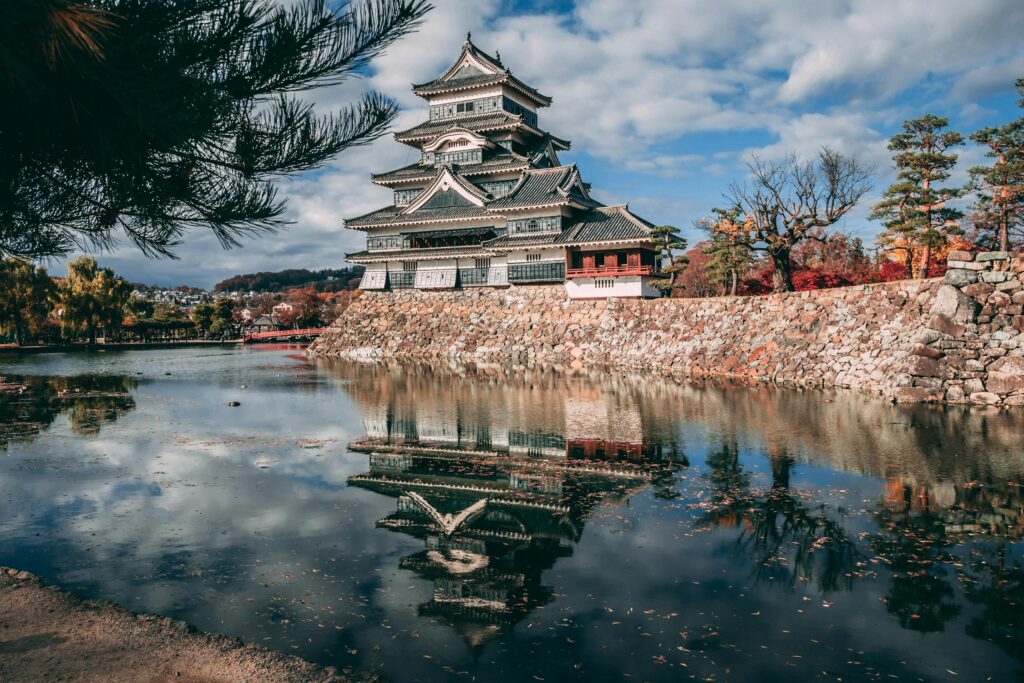
1. When to Visit Japan: Navigating the Seasons
Choosing the right time to visit can significantly impact your Japan trip.
- Best Times to Visit:
- The cherry blossom season, generally from March to May, is a highly sought-after time, with beautiful pink flowers blanketing the country. Temperatures are usually comfortable during this period. However, this popularity means you can expect larger crowds. Special English-guided tours for the cherry blossom season in Kyoto are available.
- Autumn, or fall, which typically runs from October to early December, offers stunning scenery as leaves turn red and golden. The weather is also generally comfortable. Similar to the spring, autumn is a popular time, especially along the golden route, so expect it to be busy.
- Considerations for Other Times: While not explicitly labelled as the “worst” in the sources, it’s worth noting that late June to early September can be extremely hot and humid, with a good chance of rain. Typhoon season also falls within this period, particularly from August to early September. Visiting in May allowed one couple to avoid the peak cherry blossom crowds.
2. Must-See Destinations: Exploring Japan’s Highlights
Japan boasts a wealth of incredible destinations, but for many first-time visitors, the golden route is a natural starting point.
- The Golden Route:
- Tokyo: As Japan’s capital, Tokyo is a global hub of contemporary culture, offering endless shopping and entertainment. Iconic landmarks include the Shibuya scramble crossing, the historic Sensoji Temple in Asakusa, and a vibrant energy unlike anywhere else. Tokyo alone has over 4 million vending machines, making it a unique cultural experience.
- Kyoto: In contrast to Tokyo’s modernity, Kyoto is renowned for its traditional architecture, serene temples such as Kinkaku-ji (Golden Pavilion), and enchanting geisha districts like Gion. However, due to its popularity, Kyoto can experience significant overtourism. It’s advisable to book activities and experiences well in advance. Visiting major temples early in the morning (around 8:00 am) is recommended to avoid the biggest crowds. Exploring lesser-known, quieter areas can also provide a more peaceful experience.
- Osaka: Often referred to as the “Kitchen of Japan,” Osaka pulsates with a lively street food culture, where you must try delights like Takoyaki (octopus balls) and Okonomiyaki (savory pancake). Other highlights include Osaka Castle and the vibrant nightlife in the Dotonbori district. Generally, Osaka can be a bit more affordable than Tokyo and Kyoto.
- Beyond the Golden Route: For those with more time or specific interests, Japan offers diverse regional identities.
- Hokkaido, the northernmost island, is known for its expansive wilderness and is a haven for nature enthusiasts and winter sports.
- The Tohoku region is celebrated for its breathtaking scenery, significant historical sites, and vibrant festivals.
- The Chubu region, in the heart of the Japanese Alps, is home to the iconic Mount Fuji, offering hiking opportunities and stunning views. Staying near Mount Fuji can provide amazing views.
3. Getting Around Japan: Mastering the Transportation System
Japan boasts an incredibly efficient and comprehensive transportation network.
- Shinkansen (Bullet Train): The Shinkansen is a marvel of modern engineering, providing a fast, comfortable, and remarkably punctual way to travel between major cities. If you’re travelling on the Shinkansen, especially from busy stations like Tokyo Station, make sure to arrive early, as navigating the station can be overwhelming, even requiring 2-3 hours for first-timers. When booking your Shinkansen tickets, especially if you have large suitcases, it’s crucial to book seats with oversized luggage space in advance. Using platforms like Klook is recommended as they make it very clear where these spots are and also offer the option to sit on the Mount Fuji side when travelling from Tokyo to Kyoto. It’s important to note that there are no dining carriages on some Shinkansen services, so purchasing an Ekiben (station bento box) to enjoy on board is a wise idea.
- Local Transport and SUICA Card: For navigating within cities, a rechargeable travel card like a SUICA card is essential. Upon arrival at Narita Airport, you can obtain a Welcome SUICA, which lasts for 30 days and can be topped up (the maximum is 10,000 Yen). You can use your SUICA card not only for trains and buses but also at convenience stores and vending machines. There is also a regular SUICA card that lasts up to 10 years, which can be obtained at train stations and allows you to redeem the balance. For iPhone users, the most convenient option is to download a digital SUICA card app, eliminating the risk of losing a physical card. However, this digital SUICA card does not work on most Android phones, especially those not purchased in Japan. For Android users, the physical SUICA or Welcome SUICA is the way to go. You can also use your SUICA card for local trains between cities like Kyoto and Osaka, which can be a more cost-effective option than the Shinkansen for this shorter journey.
- JR Pass: The Japan Rail Pass (JR Pass) offers unlimited travel on most Japan Railways (JR) lines, including many Shinkansen and local trains, within a specified period. While it was once considered a cost-effective option, the price of the JR Pass has increased significantly (around 70%), and for most people taking a standard trip along the golden route (Tokyo-Kyoto-Osaka), it no longer makes financial sense. You should only consider purchasing a JR Pass if you are planning to take many trains all around Japan within a short period or are travelling to specific regions extensively. It’s a complex system to understand if a JR Pass is worthwhile, but for the majority of tourists, it’s not necessary.
4. Money Matters: Currency, Budgeting, and Payments
Understanding Japan’s currency and budgeting is crucial for a smooth trip.
- Need for Cash: While card payments are becoming more common, especially in larger cities, Japan still operates largely as a cash-based society. You will find that cash is often needed for smaller establishments like local restaurants, small mom-and-pop shops, and even some street food areas. It is therefore advisable to carry a sufficient amount of Japanese Yen (JPY). You can either bring Yen with you or exchange currency at the airport. Withdrawing cash from ATMs at 7-Eleven (Seven Bank) convenience stores and post offices is generally the most convenient option for tourists, as they often accept international cards. One couple on a 10-day trip took 400 USD in cash and used cards for most other expenses.
- Card Usage: Credit and debit cards, particularly Visa, Mastercard, and JCB, are accepted in many places, especially in larger cities and tourist-oriented establishments. However, it’s wise not to rely solely on cards. Using a travel card that offers favourable exchange rates and low or no foreign transaction fees can be beneficial. One travel couple used a Wise debit card and found it effective with good exchange rates and minimal fees.
- Budgeting: Japan can be quite expensive. A general daily budget range could be between $100 and $200 USD, but this can vary significantly depending on your travel style and location. For example, Kyoto and Tokyo tend to be more expensive than Osaka. For one three-week trip, the daily budget ranged within this bracket. Food costs could be around $30 to $40 USD per day if you frequently eat at convenience stores and local eateries, but this can differ based on your dining choices. Transport costs for local travel are generally not expensive, especially when using a SUICA card, but Shinkansen journeys will significantly increase your transport budget. Accommodation can range from $70 to $140 USD per day.
- Foreign Exchange: You can exchange currency at international airports upon arrival, as well as at major banks and some larger hotels. While airport exchange offers immediate convenience, the exchange rates might not be as favourable as those offered by banks or when withdrawing from ATMs.
5. Accommodation in Japan: Finding Your Home Away From Home
Japan offers a diverse range of accommodation options to suit various budgets and preferences.
- Hotels: You will find a wide range of hotels in Japan, from budget-friendly business hotels to luxurious international chains. These offer familiar comforts and conveniences, especially in urban centres like Tokyo and Osaka.
- Ryokans: For a more immersive cultural experience, consider staying at a Ryokan, a traditional Japanese inn. These typically feature tatami-matted rooms, futon bedding, and sliding doors, often with communal onsen (hot spring baths). Many Ryokans also include exquisite multi-course Kaiseki dinners and traditional Japanese breakfasts as part of your stay.
- Hostels: Budget-friendly hostels are a popular choice for solo travellers and backpackers, offering dormitory-style rooms and communal facilities, providing a cost-effective option and opportunities to meet other travellers.
- When choosing your location in Tokyo, consider staying in Shibuya. This area offers the advantage of being relatively central to many attractions, and it has a vibrant atmosphere. Be aware that hotel rooms in Japan, especially in cities, can be quite a bit smaller compared to what you might be used to in other countries.
6. Food and Drink: A Culinary Adventure
Japanese cuisine is a major highlight of any trip.
- Convenience Stores (Konbini): Convenience stores in Japan are truly incredible, offering a vast variety of high-quality food and drinks, making them a convenient option for breakfast, lunch, and dinner. Chains like 7-Eleven, FamilyMart, and Lawson are ubiquitous and offer everything from snacks and drinks to surprisingly good ready-made meals.
- Vending Machines: Japan has a massive vending machine culture, with millions of machines across the country. In Tokyo alone, there are over 4 million. These machines offer much more than just regular snacks and drinks; you can find unique items like cake in a can, freshly prepared ramen, and even frozen crepes. Setting aside some time to explore these unique vending machines can be a fun experience.
- Local Eateries and Restaurants: Beyond convenience stores and vending machines, Japan boasts countless local eateries and restaurants. Be aware that many of these can be quite small with limited seating, so it’s considered polite to make space for other customers after you’ve finished your meal.
- Ordering Machines: In some restaurants, you’ll find ordering machines instead of a server taking your order. These machines have buttons displaying the menu items, often in Japanese. Don’t hesitate to ask a server for help with recommendations or operating the machine. You insert your money, select your items, and the machine will dispense a ticket, which you then give to the server, who will bring your food over.
- Make sure to try regional specialties throughout your Japan trip. And for train journeys, an Ekiben (station bento box) is a delicious and convenient way to experience local flavours on the go.
7. Essential Things to Know Before You Go: Practical Tips
Here are some crucial tips to keep in mind before and during your Japan trip.
- eSIM: Getting an eSIM for your phone is highly recommended for instant internet access upon arrival. This will be invaluable for navigation, translation, and staying connected. Services like aloSIM are recommended, and using specific codes may even get you a discount.
- No Public Trash Cans: One surprising aspect of Japan is the lack of public trash cans. Despite the country’s exceptional cleanliness, you will need to carry your own rubbish with you until you find a suitable place to dispose of it. Convenience stores often have designated bins where you can sort your trash. It is generally acceptable to dispose of your rubbish at convenience stores.
- Tiny Restaurants: As mentioned earlier, be prepared for small restaurants with limited seating. Be mindful of this and try to not linger unnecessarily after you’ve finished eating to allow other waiting customers to be seated.
- Ordering Machines: Familiarise yourself with the concept of ordering machines in restaurants. If you’re unsure how to use them, don’t hesitate to ask a staff member for assistance.
8. Japanese Culture and Etiquette: Showing Respect
Understanding and practicing basic Japanese etiquette will greatly enhance your travel experience and ensure you show respect to the local people.
- Quietness: Japan is a generally quiet country, and people are mindful of noise levels in public places. Be considerate of others by keeping your voice down on public transport and in restaurants.
- Not Eating While Walking: It is generally considered impolite to eat while walking, especially in crowded pedestrian areas like Takeshita Street in Tokyo. If you purchase street food, it’s best to eat it at the vendor’s location. Similarly, eating and drinking on public transport is also seen as impolite, so it’s best to avoid doing so.
- Reserved Nature: While Japanese people are typically very polite, they are also generally reserved, and it’s not common to have casual conversations with strangers. Don’t be surprised if interactions remain formal; it’s part of the culture. Japan can sometimes feel a little isolating, especially for solo travellers.
- Tipping: Tipping is not customary in Japan and can even be considered rude. The Japanese have a very high standard of service and take pride in their hospitality, so tipping can sometimes be misconstrued. If you try to leave a tip or tell them to keep the change, a server might even chase you down to return the money, thinking you’ve forgotten it. The best way to thank someone for their service is simply to say “Arigato gozaimasu” (thank you).
9. Booking in Advance: Planning Ahead is Key
Given Japan’s popularity, especially during peak seasons, booking activities and transportation well in advance is crucial.
- Popular attractions like Shibuya Sky can be booked out weeks in advance, especially during busy periods like autumn. It’s highly recommended to use experiences booking platforms like Klook, where you can book everything in advance in your own currency and often receive support in your own language.
- Shinkansen tickets should also be booked in advance, particularly if you require oversized luggage seats or have a preference for sitting on the Mount Fuji side. Again, Klook is a recommended platform for this, as it clearly indicates luggage spots and Mount Fuji views.
- If you have specific restaurants you want to dine at, especially popular ones, it’s wise to make a reservation well in advance, as some places can be booked out weeks ahead of time.
10. Navigating Overtourism: Especially in Kyoto
Overtourism can be a significant issue in popular destinations like Kyoto, especially during peak seasons like autumn.
- Major temples in Kyoto can become extremely crowded, even if you arrive early in the morning. To avoid the worst of the crowds, consider getting up super early (around 5:00 or 6:00 am) to visit the most popular sites.
- Explore lesser-known, quieter areas of Kyoto. While the famous temples are অবশ্যই worth visiting, there are many other beautiful and culturally significant spots that see fewer tourists.
- Given the high demand, booking your accommodation and reservations for popular attractions and restaurants well in advance is essential.
11. Visa Information
Visa requirements for Japan vary depending on your nationality.
- Many countries have visa exemption agreements with Japan for short-term tourist stays, typically up to 90 days.
- However, it is crucial to verify the specific conditions and validity periods based on your passport through the official website of the Embassy or Consulate General of Japan in your country of residence, as regulations can change.
- Some nationalities may require a visa, and the application process can involve submitting various documents.
- Japan offers the possibility of applying for an e-visa for tourism purposes for certain nationalities. Check the relevant embassy website for more information on whether you are eligible and how to apply.
Conclusion
A Japan trip promises a truly unique and unforgettable experience, blending the wonders of ancient culture with the excitement of modern life. By understanding the best times to visit, navigating the efficient transportation system, being mindful of your budget and Japanese etiquette, and remembering to book key aspects of your trip in advance, you can ensure a smooth and stress-free adventure in the Land of the Rising Sun. Use the tips and resources provided to craft your perfect Japan trip and create memories that will last a lifetime.
FAQ’s
- What are the best and worst times of year to visit Japan? The most recommended times to visit Japan are during spring (March to May) for the cherry blossoms and pleasant weather, and autumn (September to November) for the vibrant fall foliage and mild temperatures. Spring offers comfortable temperatures and beautiful pink flowers, but it can get extremely busy. Autumn also has comfortable temperatures and stunning colours. The months to generally avoid are late June to early September as it is extremely hot and humid with a lot of rain, including the typhoon season between August and early September.
- Is Japan a cashless society? Do I need to carry cash? Despite the increasing use of cards, Japan is not a cashless society, and it is still very much necessary to carry cash. While credit and debit cards are accepted in many larger establishments and tourist areas, smaller shops, local restaurants, convenience stores, vending machines, and especially street food vendors often operate on a cash-only basis. It is advisable to have a combination of a travel card and some cash in Japanese Yen. ATMs at 7-Eleven stores are a convenient place for international visitors to withdraw cash, often without fees.
- How do I navigate local transportation in Japan? What is a SUICA card? Local transportation in Japan is efficient but can seem complex. A pre-paid rechargeable card, such as a SUICA or Welcome SUICA, is highly recommended. These cards can be used on most trains and buses within a city and can also be used for purchases at many convenience stores and vending machines. The Welcome SUICA card has a 30-day validity, while regular SUICA cards can last up to 10 years and sometimes allow balance redemption. You can obtain these cards at train stations or even download a digital SUICA card if you have an iPhone (this feature is generally not available for Android phones outside of Japan). For long-distance travel, especially on the Shinkansen (bullet train), booking in advance is advisable. Allow plenty of time to navigate major stations like Tokyo Station, as they can be very large and overwhelming. Consider booking Shinkansen tickets with services like Klook, which can make it easier to reserve oversized luggage spots and even seats with views of Mount Fuji.
- Should I buy a JR Pass? The Japan Rail Pass (JR Pass) has increased significantly in price and is not necessarily cost-effective for most tourists anymore. If you are mainly travelling between major cities like Tokyo, Kyoto, and Osaka, it may be cheaper to book Shinkansen tickets individually (e.g., Tokyo to Kyoto) and use local trains (with your SUICA card) for shorter distances like Kyoto to Osaka. The JR Pass might only be worth considering if you plan to travel extensively across Japan on multiple trains within a short period and to specific regions.
- Is it important to book activities and experiences in advance? Yes, it is highly recommended to book activities and experiences well in advance, especially if you are travelling during peak seasons. Popular attractions like the Shibuya Sky observation deck in Tokyo can be booked out weeks in advance, particularly for popular times like sunset. Using platforms like Klook can make it easier to book in advance in your own currency and often with discounts.
- What are some important etiquette rules to be aware of in Japan? Several unspoken rules and etiquette practices are important to observe in Japan. Avoid eating and drinking on public transport. Be mindful of noise levels in public places like trains and restaurants, as it is generally a quieter culture. Be prepared to carry your own trash as public bins are scarce. In smaller eateries with limited seating, it is polite to leave shortly after finishing your meal. Do not tip, as good service is considered standard and tipping can sometimes be misconstrued as rude. When using the Shinkansen, ensure oversized luggage is stored in designated areas. Walking and eating is generally not done in pedestrian areas; it’s better to eat at the vendor.
- What is the significance of convenience stores and vending machines in Japan? Convenience stores (like 7-Eleven, FamilyMart, and Lawson) in Japan are incredible, offering a wide variety of high-quality food, drinks, and everyday items, making them a reliable option for breakfast, lunch, and dinner. Japanese vending machines are also a prominent part of the culture, with millions across the country, especially in Tokyo. They offer not just standard snacks and drinks but also unique items like canned cake and freshly prepared ramen, making them an interesting aspect to explore.
- What should I know about overtourism, particularly in Kyoto? Overtourism can be an issue in popular destinations like Kyoto, especially during peak seasons such as November for autumn foliage. Major temples can become extremely crowded, even early in the morning. To avoid the worst of the crowds, it is recommended to visit popular sites very early (e.g., 5 or 6 am). While Kyoto’s famous temples can be busy, the city also has quieter areas and streets. Be prepared for crowded buses when travelling between sites. It’s also wise to book popular restaurants in advance.
- What about internet access in Japan? Having internet access is very useful in Japan, especially for navigating and translating menus. Consider getting an eSIM for your phone, which can be activated as soon as you land, providing instant connectivity without the hassle of physical SIM cards. Pocket WiFi devices are also an option.
- How much should I budget for a trip to Japan? Japan can be quite expensive. A daily budget of $100 to $200 USD was suggested for a 3-week trip, but this can vary depending on your travel style and location within Japan. Food costs can range from $30 to $40 USD per day if you primarily eat at convenience stores and local eateries. Transport costs can vary, with local transport being relatively inexpensive compared to Shinkansen journeys.
- What if I am a solo traveller in Japan? Can it feel isolating? Japan can sometimes feel isolating for solo travellers as Japanese people are generally polite but quite reserved, and it’s not common to have conversations with strangers. Restaurants and even seating arrangements can be quite individual. If you are travelling solo, consider staying in hostels to meet other travellers or booking group tours to connect with people.
- What should I know about luggage on the Shinkansen? It’s important to note that you may need to book an oversized luggage seat on the Shinkansen if you have large suitcases. This can be done more easily through booking platforms like Klook compared to the main website. Not storing luggage properly can be embarrassing and is a common tourist mistake.
- What about finding quieter, less crowded experiences? While major tourist spots can be busy, even in popular areas like Kyoto, there are often quieter streets and hidden gems to discover. Exploring beyond the most famous sites and being willing to venture off the main tourist trails can lead to more peaceful experiences.
- Is Japan a safe country for tourists? Japan is widely recognized as a very safe country for tourists, with low crime rates. However, it’s always wise to be mindful of your surroundings and take basic safety precautions.
- Do I need a visa to visit Japan? Visa requirements for Japan vary depending on your nationality. Many countries have visa exemption agreements for short tourist stays, but it is crucial to verify the specific requirements for your passport well in advance of your trip through the official website of the Embassy or Consulate General of Japan in your country.
- How do I get from the airport to my accommodation? When arriving at a Tokyo airport (Narita or Haneda), you have several options to reach your hotel, including metros, subways, buses, and taxis. Airport taxis can be booked in advance. Maps, especially Google Maps, generally work well for navigating public transport.
- Is Mount Fuji a popular destination? Yes, Mount Fuji is an iconic symbol of Japan and a very popular destination. It offers hiking opportunities during the summer months (July to early September) with different trails available. Day trips from Tokyo to view Mount Fuji are also common. Staying in a hotel with a view of Mount Fuji can be a memorable experience.
- Are there other interesting regions to visit besides Tokyo and Kyoto?Yes, Japan offers a diverse range of regions beyond Tokyo and Kyoto, each with its unique appeal.
- Hokkaido is known for its wilderness, winter sports, and unique cuisine.
- The Tohoku region offers scenic beauty, historical sites, and vibrant festivals.
- The Chubu region is home to the Japanese Alps and traditional towns like Takayama and Shirakawa-go.
- The Kansai region includes historical Nara and the vibrant city of Osaka.
- Chugoku offers historical Hiroshima and the famous Itsukushima Shrine.
- Shikoku is known for its pilgrimage trails and contemporary art.
- Kyushu features volcanic landscapes and hot springs.
- Okinawa offers a subtropical climate and distinct Ryukyu culture.
- Are there opportunities for cultural experiences in Japan? Yes, Japan offers a wealth of unique cultural experiences. These include participating in a traditional tea ceremony, learning Japanese calligraphy (Shodo), engaging in traditional crafts like dyeing or pottery, experiencing a Kabuki or Noh theatre performance, or even trying on a Kimono for a photoshoot. Some temples offer stays (Shukubo) providing a glimpse into monastic life.
